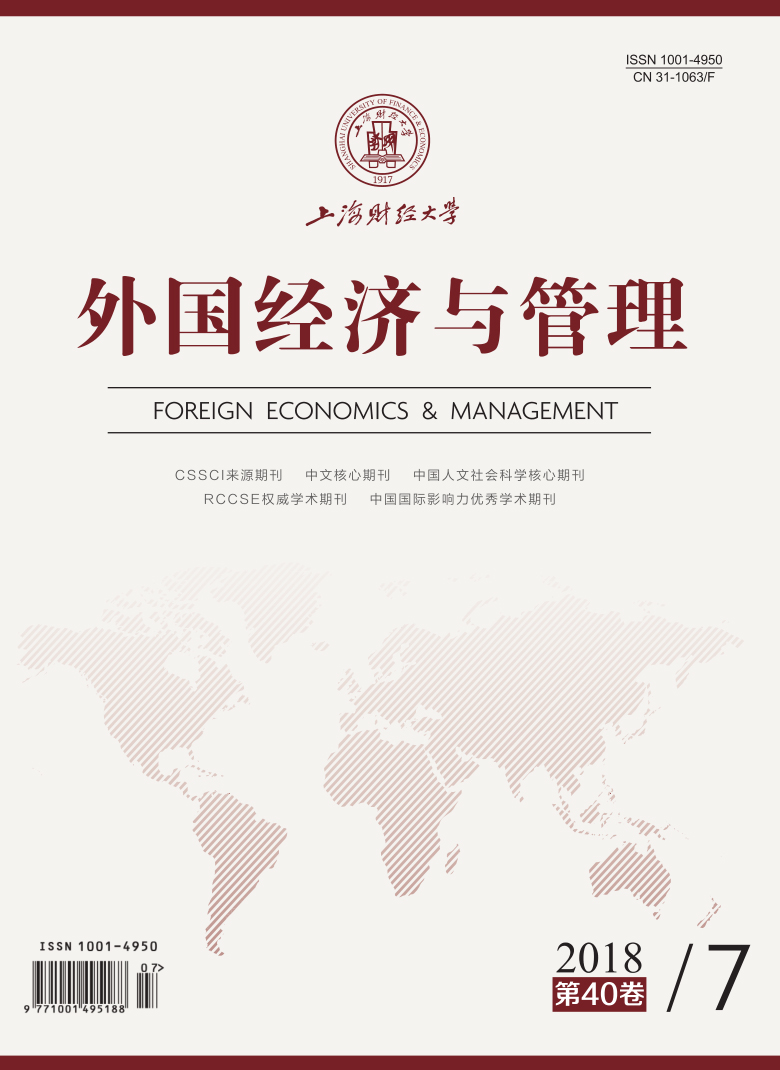本文基于陆亚东等学者提出的复合基础观理论思想,以纳爱斯集团为案例对象,运用复合式提供、复合式竞争和复合式能力组成的复合式战略的分析框架,探究后发企业的战略特点及其变革过程。研究发现,后发企业在追赶过程中所采用的复合式战略由“以边缘赶超为导向”向“以创新升级为导向”再向“以一体化整合为导向”演化,并且企业所处的市场和价值链环节从低端转向高端,竞争优势逐步由成本领先向差异化转变。后发企业需要根据自身所处情境的不同,灵活采用复合式战略,从而实现快速赶超。研究结论丰富了复合基础观与战略变革的理论体系,对揭示后发企业战略变革过程的规律有参考价值。
复合基础观视角下后发企业战略变革的过程——基于纳爱斯集团的案例分析
摘要
参考文献
2 陈晓萍, 徐淑英, 樊景立. 组织与管理研究的实证方法[M]. 北京: 北京大学出版社, 2012: 236–271
15 Barney J. Firm resources and sustained competitive advantage[J]. Journal of Management, 1991, 17(1): 99–120 DOI:10.1177/014920639101700108
19 Hamel G. The Why, What and How of Management Innovation[J]. Harvard Business Review, 2006, 2: 72–84
21 Lee K, Lim C. Technological Regimes, catching-up and leapfrogging: Findings from the Korean Industries[J]. Research Policy, 2001, 30(3): 459–483 DOI:10.1016/S0048-7333(00)00088-3
23 Luo Y, Wang S L. Foreign Direct Investment Strategies by Development Country Multinationals: A Diagnostic Model for Home Country Effects[J]. Global Strategy Journal, 2012, 2: 244–261 DOI:10.1111/gsj.2012.2.issue-3
26 Oehmichen J, Schrapp S, Wolff M. Who needs experts most?Board industry expertise and strategic change—A contingency perspective[J] Strategic Management Journal, 2017, 38: 645–656 DOI:10.1002/smj.2017.38.issue-3
27 Rajagopalan, Nandini, Spreitzer and Gretchen. Toward a theory of strategic change: A multilens perspective and intergrative framework[J]. The Academy of Management Review, 1997, Vol. 22: 48–79 DOI:10.5465/amr.1997.9707180259
28 Yi Y. Dynamic capabilities and the speed of strategic change: Evidence from China[J]. IEEE Transactions on Engineering Management, 2015, 62(1): 18–28 DOI:10.1109/TEM.2014.2365524
29 Young A A. Increasing returns and economic progress[J]. The Economic Journal, 1928, 38(152): 527–542 DOI:10.2307/2224097
引用本文
许强, 张力维, 杨静. 复合基础观视角下后发企业战略变革的过程——基于纳爱斯集团的案例分析[J]. 外国经济与管理, 2018, 40(7): 19-31.
导出参考文献,格式为:






 8551
8551  11310
11310

